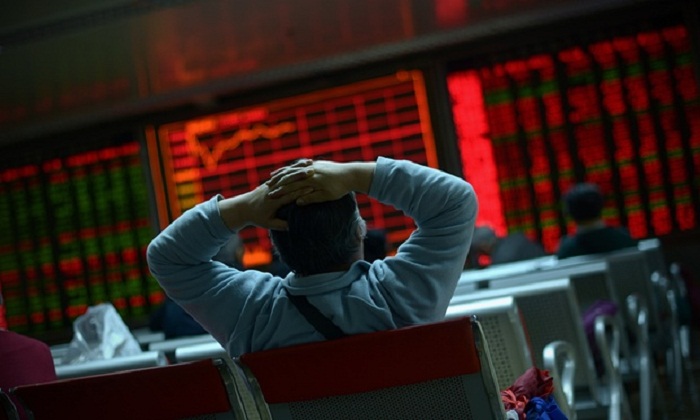On the New York Mercantile Exchange, light, sweet crude futures for delivery in July traded at $49.33 a barrel at 0234 GMT, unchanged in the Globex electronic session. July Brent crude on London’s ICE Futures exchange fell $0.11 to $49.21 a barrel.
For nearly two years, a persistent glut has dragged oil prices way below their highs when prices hovered around $100 a barrel. The price collapse has encouraged major producers in and outside of the Organization of the Petroleum Exporting Countries to expand their production because no one wants to lose market shares amid low prices. As a result, the world remains oversupplied and prices stay under pressure.
But thanks to several unplanned outages in places like Canada and Africa, about 3.5 million barrels of oil have been offline each day in recent weeks, pushing prices over the landmark $50 mark for the first time in six months on Thursday.
While some outages are coming to an end--Canada’s Suncor Energy on Sunday said it has begun a “staged restart” of its operations--oil production in Nigeria remains precarious. According to latest reports, the militant group which calls itself Niger Delta Avenger, said it blew up a key production facility and an export terminal. Nigeria’s output has already fallen to the lowest level since 2009.
Moreover, crude production in the U.S. and China have also fallen due to slashed budget for exploration. On Friday, industry group Baker Hughes reported the number of active U.S. rig drilling for crude fell by 2 to 316 last week.
“Assuming that the U.S. oil rig count stays at its current level, U.S. oil production would decline by 750,000 barrels a day between fourth-quarter of 2015 and fourth-quarter of 2016,” said Goldman Sachs in a note.
China’s crude production fell 5.6% in April and further decrease is on the horizon.
Along with smaller production, strong oil demand from China and India are also expected to soak up the some of the glut. BMI Research forecasts China’s gasoline consumption to grow 6.0% on-year in 2016, underpinned by robust growth in car ownership. Meanwhile, the International Energy Agency has dubbed India as the “star performer”. India’s oil demand in the first quarter of this year was 400,000 barrels a day higher on-year, representing nearly 30% of the global increase, the group says.
Still, the market remains skeptical over how long it would take for the markets to skew to a rebalance especially when major OPEC producers, such as Iran, Iraq and Kuwait are accelerating their output.
ANZ said for the coming days, all eyes will be on Thursday’s OPEC meeting in Vienna.
“The OPEC players will still struggle to cut production because there are many countries who are looking to as much hard currencies as they can,” Alan Oster, chief economist at National Australia Bank.
Investors will also be watching the U.S. oil data to be released on Thursday, instead of Wednesday due to the Memorial Day holiday. The Caixin Manufacturing Purchasing Managers’ Index on China’s manufacturing is also due this week.
Nymex reformulated gasoline blendstock for June--the benchmark gasoline contract--fell 35 points to $1.6284 a gallon, while June diesel traded at $1.4970, 30 points higher.
ICE gasoil for June changed hands at $444.00 a metric ton, down $4.50 from Friday’s settlement.
More about:
















































